
Japanese kabuki prints in pictures Japanese art prints, Japanese
The Golden Age of Kabuki Prints Jan 15-Apr 10, 2022 | Apr 16-Jun 26, 2022 Gallery 107 Closed The Kabuki theater district of 18th-century Edo (modern-day Tokyo) was one of the centers of urban life.

Kabuki, when eccentricity and tradition collide! Arigato Travel
Kabuki: The people's dramatic art - Amanda Mattes TED-Ed 19.4M subscribers Subscribe Subscribed 17K 971K views 10 years ago View full lesson: http://ed.ted.com/lessons/kabuki-the-. The.

Japanese kabuki prints in pictures Japan art, Prints, Japanese patterns
Origin of kabuki: Kabuki is by no means a new art form, its centuries old possibly 1603. It can all be traced back to as early as the 16th century to a shrine maiden named Izumo no okuni. Izumo was known for performing unusual and never before seen dances sometimes even mocking or parodying Buddhist prayers.

The Art of KABUKI; Japanese Theatre Costumes at MOMA Collection, NY
Kabuki is a complex art form that combines various elements to create a unique theatrical experience. One of the most distinctive features of Kabuki is the use of music and sound effects, such as the shamisen, a three-stringed instrument, and the use of drums and flutes. Another essential element of Kabuki is dance.
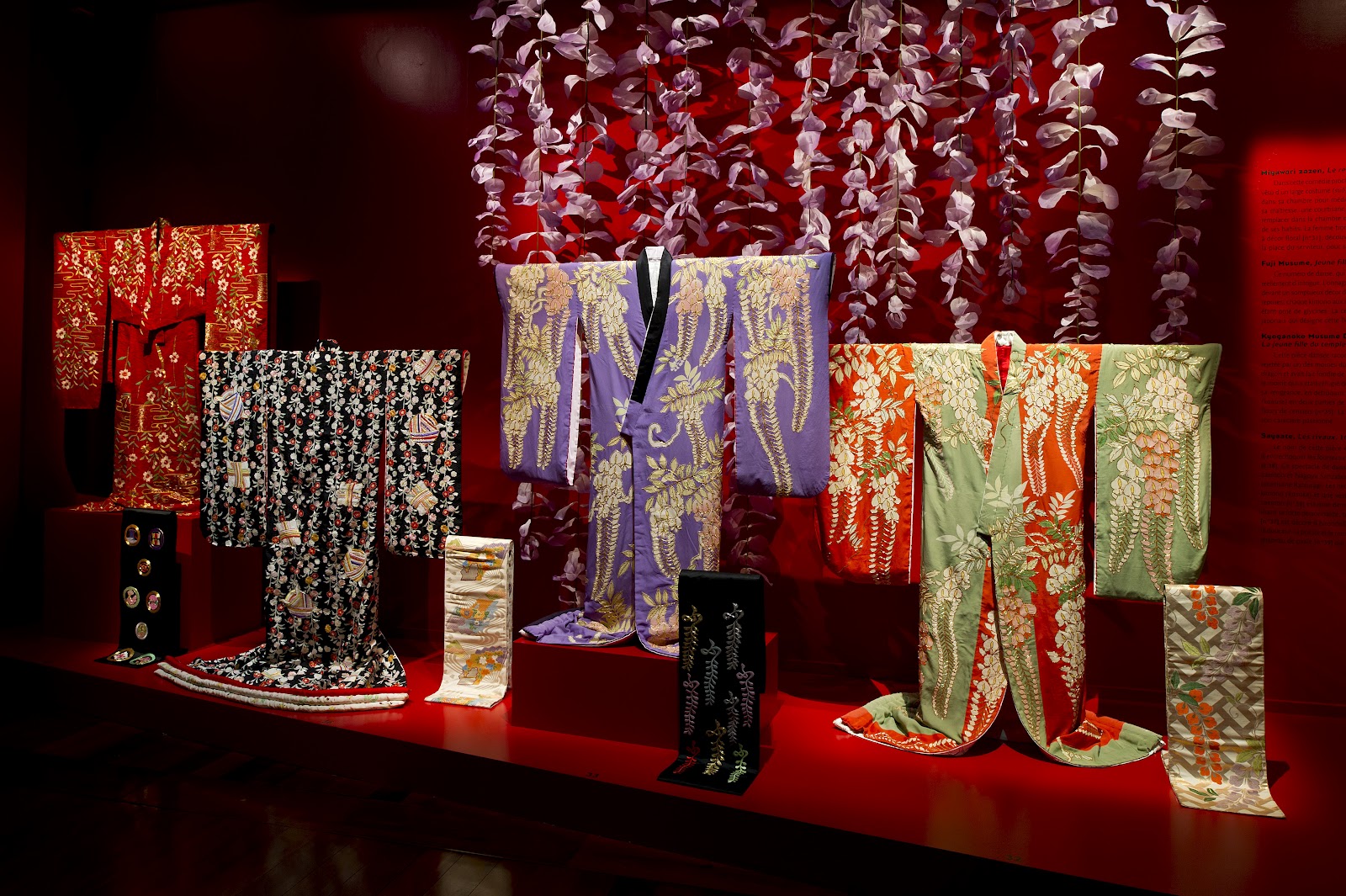
The Art of Kabuki, Japanese Theatre Costumes HuffPost
Kansai Kabuki is a Kabuki developed in Kyoto and Osaka. Kamigata Kabuki is the collective name for forms, technique, direction, performing method, program, theatrical world and other aspects of Kabuki that have been developed centered on Osaka and Kyoto. It is often mentioned as an art comparable with Edo Kabuki (Kabuki of old Tokyo).
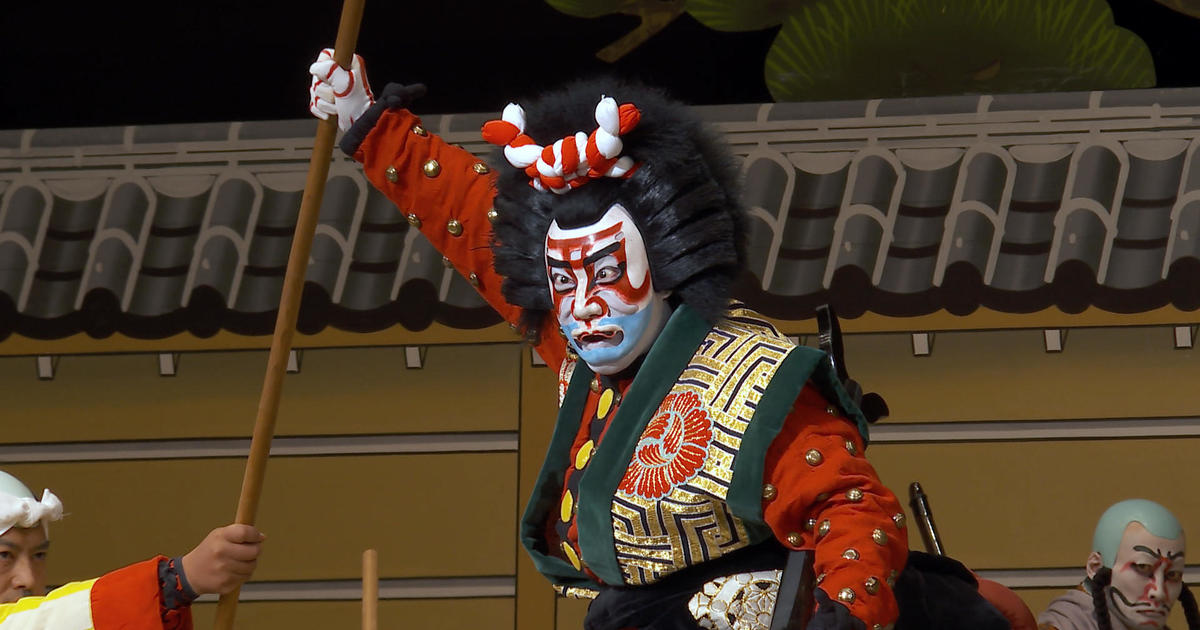
Kabuki Inside the Japanese artform with its biggest star, 60
Kabuki theater is a unique and captivating art form that has played a significant role in Japanese culture for centuries. With its elaborate makeup, costumes, and props, it is a visual spectacle that combines drama, dance, and music to tell stories of love, honor, and tragedy.
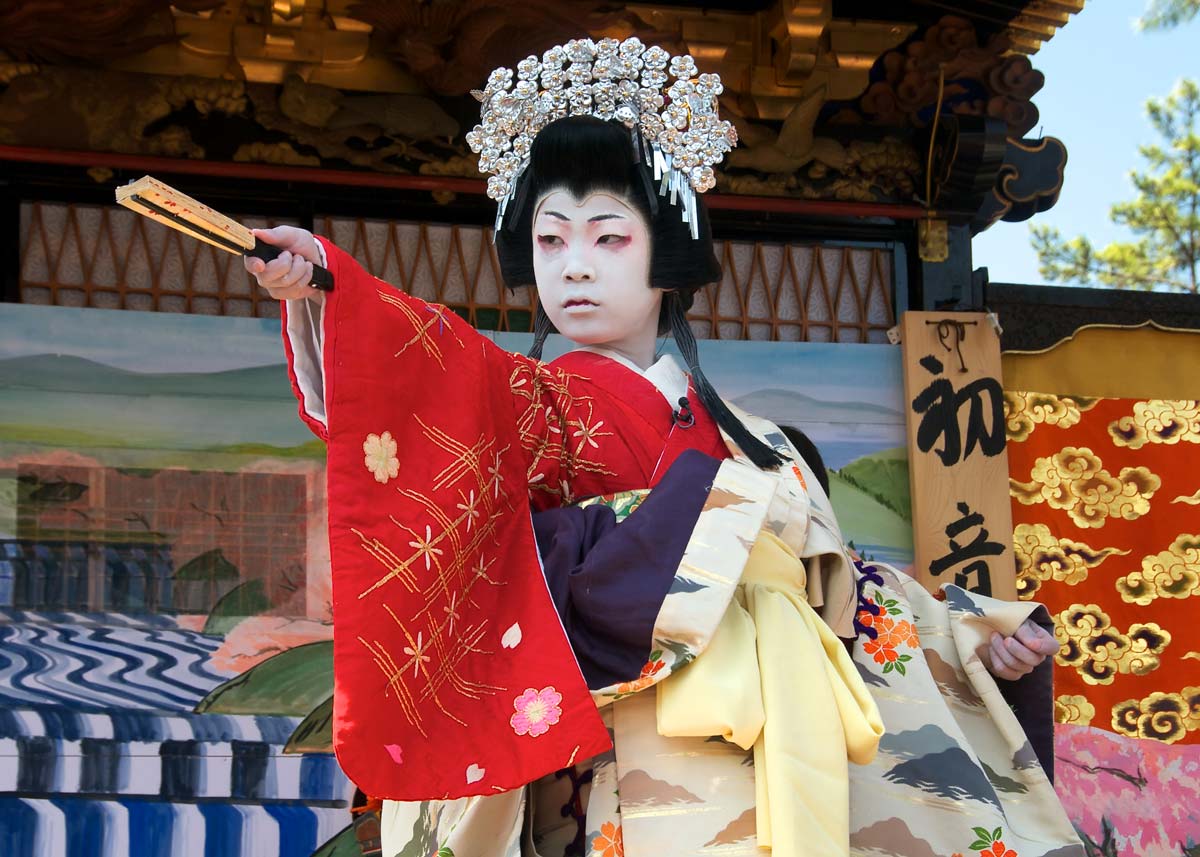
What is Kabuki? 8 Things to Know About Kabuki Theater
The art of Kabuki incorporates dance, music, and mime, coupled with elaborate set designs and actor costumes. While Kabuki Japan has become a globally recognized spectacle, it has an unusual, modest, and to some extent, provocative background. Read on to discover all about this peculiar theater genre's history, methods, and idiosyncrasies.
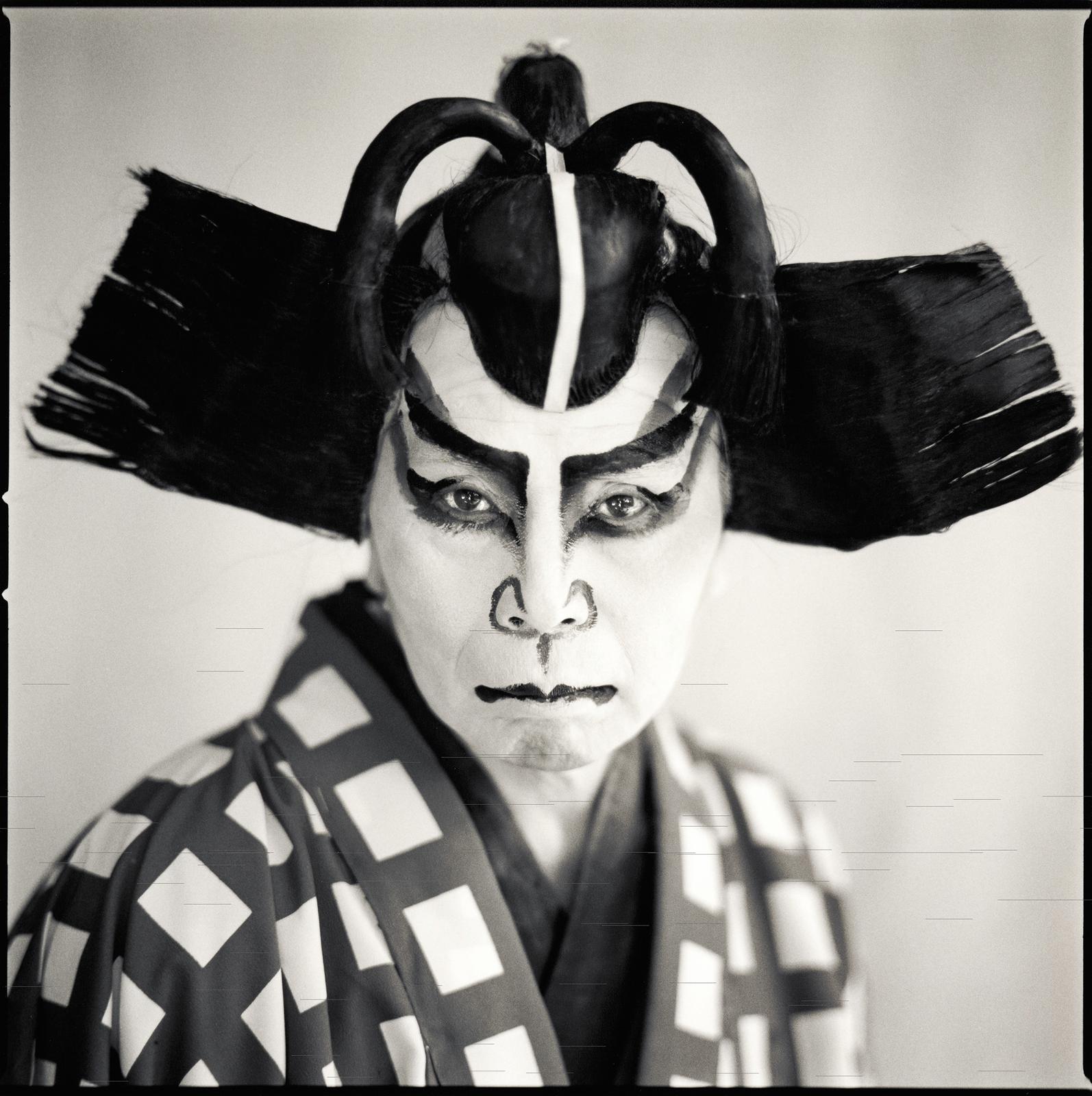
KABUKI SECRETS DISCOVER THE JAPANESE ART OF KABUKI AT NETSU Hotel
Kabuki, traditional Japanese popular drama with singing and dancing performed in a highly stylized manner. A rich blend of music, dance, mime, and spectacular staging and costuming, it has been a major theatrical form in Japan for four centuries. The term kabuki originally suggested the unorthodox and shocking character of this art form. In modern Japanese, the word is written with three.

The Art of Kabuki, Japanese Theatre Costumes HuffPost
Kabuki is a form of traditional Japanese drama that emerged at the beginning of the Edo period (1603-1868). Based on popular legends and characterized by striking costumes, stylized acting and the use of both male and female roles by male actors, Kabuki refers to a style of theatre once considered avant-garde.

A Guide To Traditional Japanese Art Forms
Edo period (1615-1868) An introduction to Kabuki theater Google Classroom Kabuki actors Nakamura Nobuzo II and Nakamura Nosho II in a theatrical scene, by Katsukawa Shunei (Japanese, 1762-1819). Woodblock print, ink and colors on paper. Courtesy of the Asian Art Museum, Gift of the Grabhorn Ukiyo-e Collection, 2005.100.55. Kabuki actors

8 Most Famous Kabuki Plays Ever Made Kabuki Masks
by David McElhinney & Brooke Larsen | ART Kabuki is a world-renowned form of traditional Japanese performance art. Incorporating music, dance, and mime with elaborate costumes and sets, kabuki dramas depict tales derived from regional myths and history. Though internationally acclaimed today, its origins were humble and somewhat controversial.
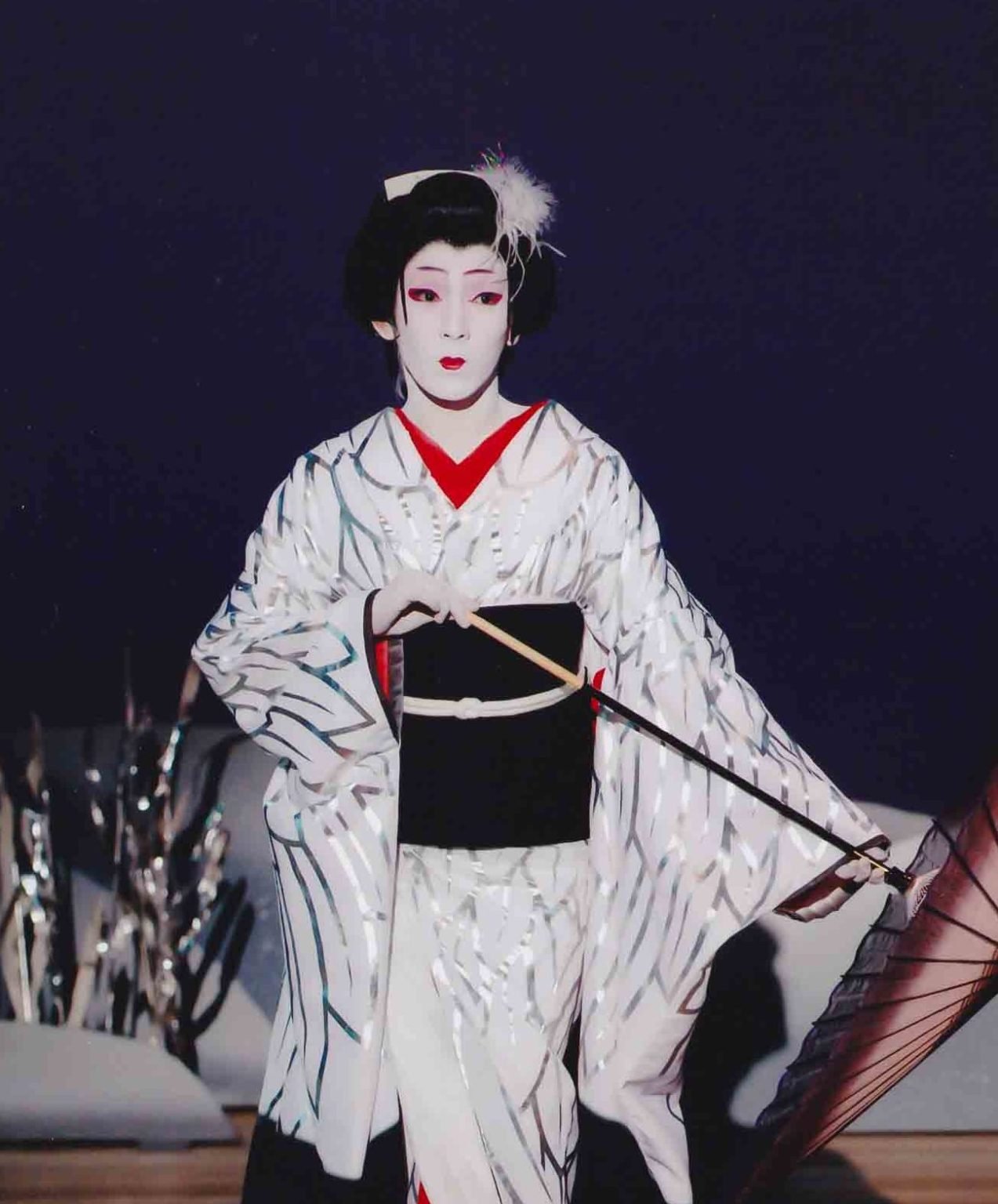
Kabuki's Origin History of Kabuki in the Japanese Culture
Kabuki . Japanese theater is quite diverse, with a rich history that spans the greater part of a millennium. The traditional schools of theater are known as noh, bunraku, kyogen, and kabuki, respectively; two schools of the modern era are known as Takarazuka and Broadway.Noh theater, originating in the 14th century, is a highly regulated art that utilizes dance, masks and ancient Japanese.

Experiencing the art of Kabuki — TOKI
Our cameras capture the pageantry of Japan's centuries-old theater art marked by elaborate make-up and stylized dances. See the full report, here: https://cb.
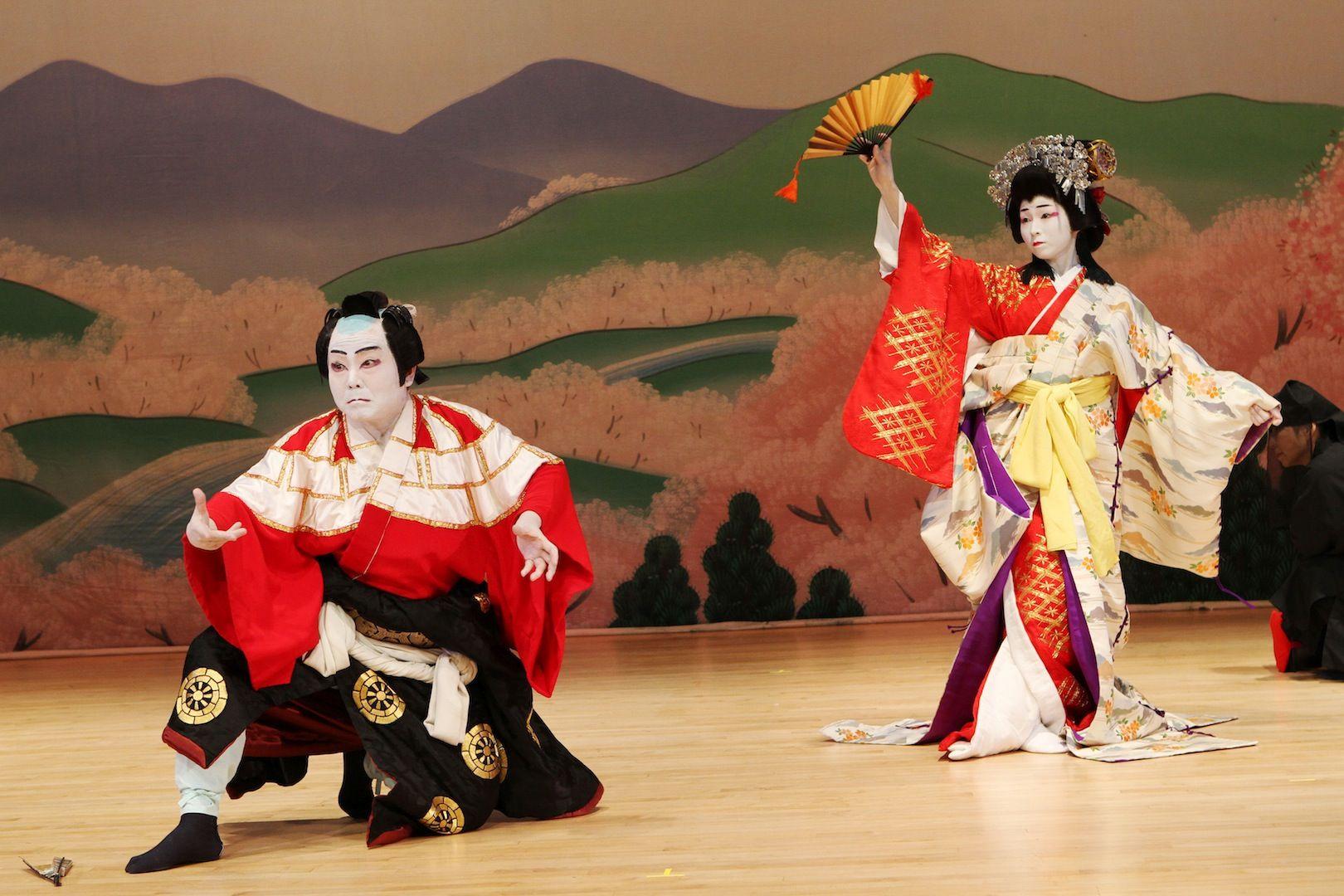
Kabuki Wallpapers Top Free Kabuki Backgrounds WallpaperAccess
Kabuki, with its colorful costumes, elaborate makeup, and dramatic storytelling, became an integral part of Japanese culture and is celebrated globally as a unique and captivating form of theater.

What is Kabuki? 8 Things to Know About Kabuki Theater
The Art of Kabuki Kabuki is an incredibly complex art form, blending elements of music, dance, and acting to create a unique and immersive experience. The actors, who are known as Kabuki actors, wear elaborate costumes and perform highly stylized movements, often accompanied by music and special effects.
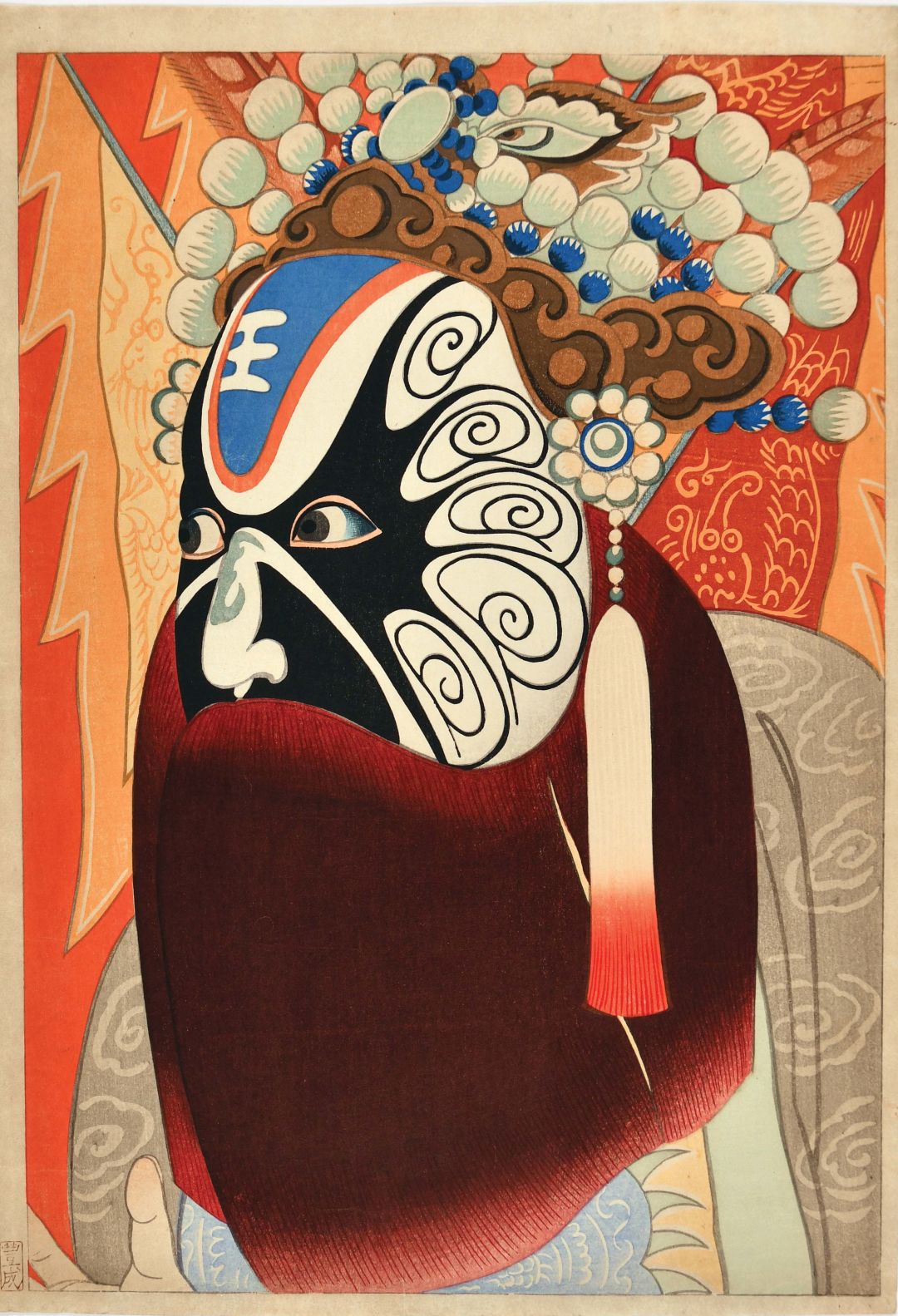
A New Exhibit at The Ringling Showcases the Art of Kabuki Sarasota
Originated by a legendary female dancer, Izumo no Okuni, at the beginning of the 17th century, Kabuki performances with "eccentric" (kabuku) dance and exaggerated acting were developed among common people in urban Japan throughout the following centuries.